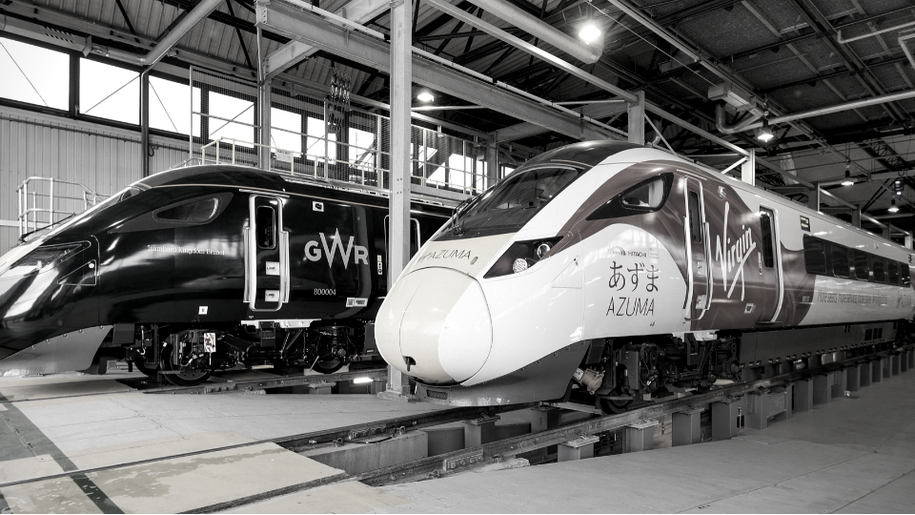1740 results found
Featured results



More results
Since its unveiling in October 2013, China s Belt & Road Initiative (B&R) has promoted Eurasian trade and integration along the Silk Road Economic Belt and the Maritime Silk Road.


The first edition of the Public-Private Partnership (PPP) Monitor tracks the development of the PPP business environment as well as the challenges of doing PPPs in nine of the ADB’s developing member countries (DMCs).



Participating in tenders abroad might not be the right strategy for every construction company, nor is it a priority for every tendering authority to attract foreign bidders.


By their very nature as long-term large infrastructure projects, public-private partnership (PPP) projects involve a vast array of interconnecting relationships. Core to any PPP project is the long-term contractual relationship between the government’s procuring authority and the private party (the project company). This is one of many relationships that will affect the success of a PPP.

An infrastructure outlook on Indonesia to 2025. A publication by the PwC.


An infrastructure outlook on Indonesia to 2025. A publication by the PwC.


The Independent Power Producers Association of Indonesia ( APLSI ) and PwC Indonesia ( PwC ) spearheaded the preparation of this report, Alternating Currents: Indonesian Power Industry Survey 2018 , based on a survey of stakeholders in the Indonesian power industry.


This paper describes a framework of supply and demand factors that could affect birth registration coverage rates, using data from Latin America, Asia and Africa the paper looks at factors such as social transfer that could impact birth registration.

APEC economies endorsed the APEC Guidebook on Quality of Infrastructure Development and Investment (Revision) .

Private partner profit motives are frequently cited as a failure of the public-private partnership (PPP) approach. But those profit motives are also part of the fundamental make up of the PPP approach and why it has the potential to deliver better outcomes for the public.
On 22 November 2018, the Global Infrastructure Hub (GI Hub) and the China Public Private Partnerships Centre (CPPPC) signed a memorandum of understanding (MoU) to establish and strengthen the collaborative partnership between the organisations.
Initiated by the G20 in 2014, the Global Infrastructure Hub (GI Hub) is an independent entity that works with governments and the private sector to improve the delivery of high-quality infrastructure services in both G20 and non-G20 countries.
This paper is a collaboration between the World Bank’s Transport Global Practice, the World Bank’s Energy Sector Management Assistance Program (ESMAP) and the International Association of Public Transport (UITP) to assemble evidence, viewpoints, and analysis on eMobility programs.

The paper looks at the potential and preconditions for introducing or expanding competition for the provision of municipal waste management services by mobilising and engaging the private sector.

The GI Hub welcomes the commitment from the G20 Leaders in addressing the infrastructure financing gap and encouraging more private sector investment.

Transferring risk to the private sector in a PPP contract is frequently referred to as a key part of a PPP arrangement, as well as a key reason why governments use such an approach to procure infrastructure.


On 5 December 2018, a delegation of 15 staff, including senior level officials from China Clean Development Mechanism (CDM) Fund under the Ministry of Finance, and officials from ten provincial finance departments visited the Global Infrastructure Hub (GI Hub) in Sydney to learn more about the organisation’s mandate, mission, tools and products.
With a people-centred vision, the Argentine G20 Presidency placed sustainable development at the forefront of the G20 agenda in 2018, under the theme Building consensus for fair and sustainable development .
The purpose of the Guideline is to establish the types of socioeconomic evaluations that are applicable to the mass urban transport investment projects.

One of the primary responsibilities of governments the world over is to provide public services to their citizens, including through infrastructure projects. However, governments are often faced with limited resources, constraining their ability to finance and deliver infrastructure on their own. Thus, it is often necessary to invite a private sector party to jointly provide the services in partnership with the public sector.



 PPP Contract Management Tool
PPP Contract Management Tool







